Your attic insulation plays an important role in your home's comfort and energy efficiency. But how long will it last before it needs to be replaced? Let's take a look at the different types of insulation and their lifespans.
Not all attic insulation is created equal. Depending on the type of insulation you have, the lifespan will vary. Here is the average lifespan for the common types of attic insulation:
- Fiberglass insulation: 15-20 years
- Cellulose insulation: 15-30 years
- Spray foam insulation: 80-100 years
Knowing when to replace your attic insulation is important for maintaining a comfortable and energy-efficient home. In this article, we will discuss the lifespan of the most common types of attic insulation so that you can be prepared for when it's time for a replacement. In addition, we will answer other frequently asked questions about attic insulation, so read on!
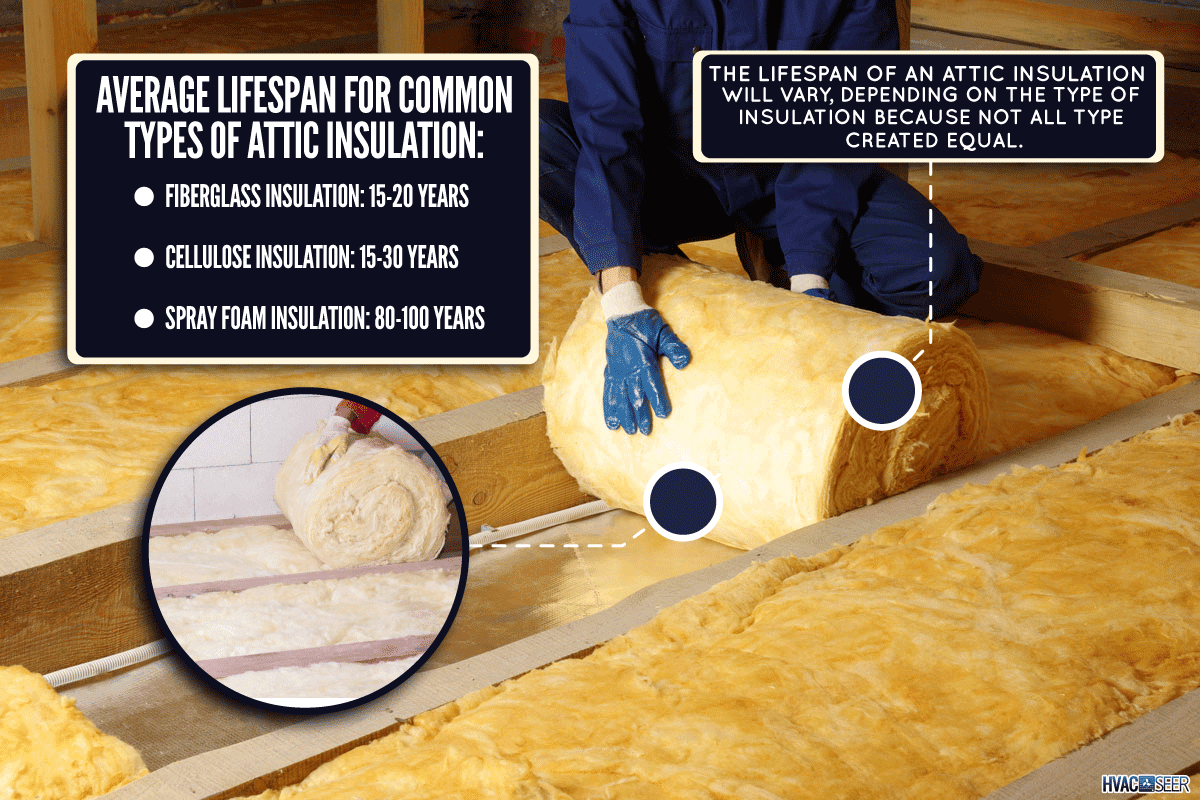
How Long Does Attic Insulation Last?
Without attic insulation, homes would be incredibly uncomfortable and expensive to heat and cool. Attic insulation is essential for creating a comfortable living space as it helps to regulate the temperature in your home by trapping heat in the winter and keeping your home cooler in the summer.
However, eventually, all insulation will break down and will need to be replaced. The lifespan of your attic insulation will depend on the type of insulation you have. In addition, other factors can break down insulation, such as pests and improper installation.
In addition, mold and mildew can also reduce the lifespan of your insulation. If you notice any mold or mildew in your attic, it's important to have it removed as soon as possible, as it can cause health problems for you and your family.
The most common types of attic insulation are fiberglass, cellulose, and spray foam. Let's take a look at the lifespan of each type of insulation.
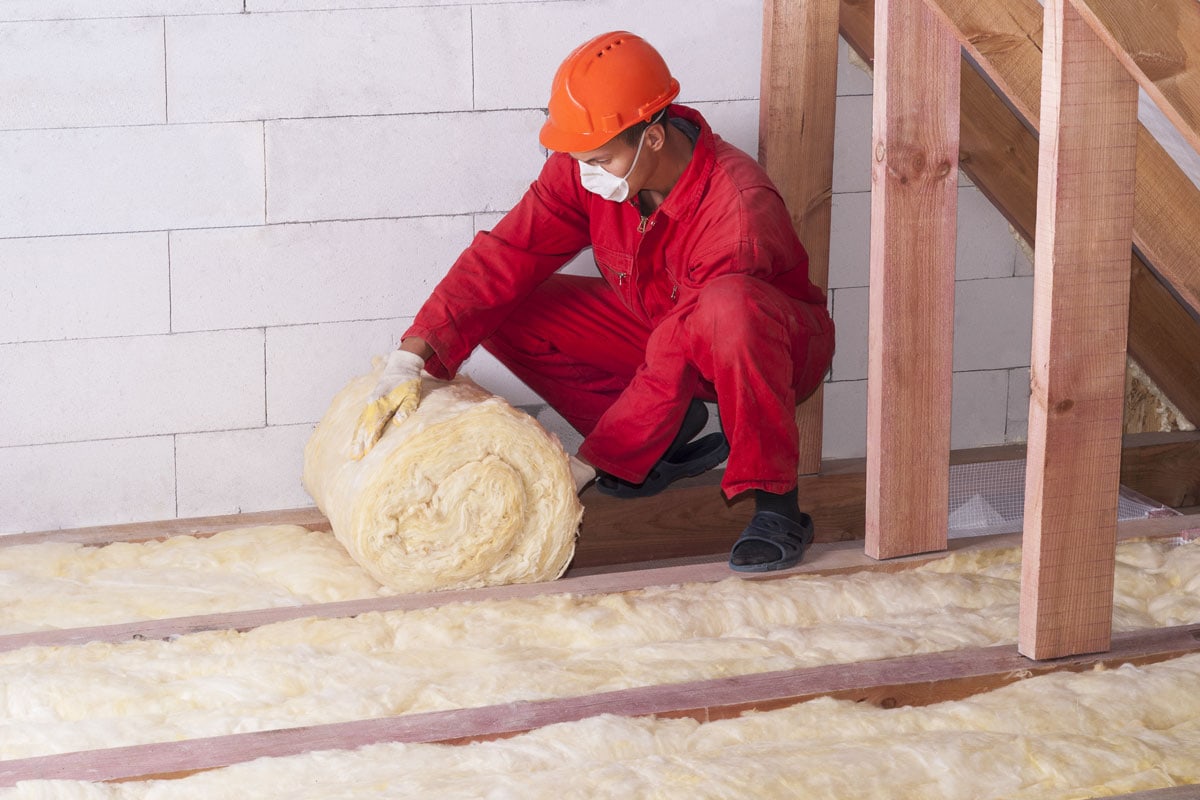
Fiberglass Insulation
Fiberglass insulation is the most common type of insulation and is made from glass fibers that are spun into a blanket. This type of insulation can be found in both batts and rolls.
Fiberglass insulation has an average lifespan of 15-20 years. However, this can vary depending on the quality of the insulation as well as how well it was installed.
Plus, fiberglass insulation is susceptible to mold and mildew which can cut down its lifespan. For example, if your roof leaks, the moisture can seep into your insulation and cause mold to grow.
Cellulose Insulation
Cellulose insulation is made from recycled paper products that are treated with fire retardants. It is usually found in loose-fill form and is blown into attics.
It is a great green option that has a lifespan of 30 years. However, like fiberglass insulation, it is a breeding ground for mold, mildew, and pests, which can cut its lifespan in half.
Nonetheless, cellulose insulation does a great job of trapping heat and is one of the most effective types of attic insulation.
Spray Foam Insulation
Spray foam insulation is made from two chemicals that are mixed together and sprayed onto attic floors and walls. It expands and hardens into a solid, impenetrable barrier.
Due to the chemical that it's made of, it can last up to 80-100 years. It is also resistant to mold, mildew, and pests, making it a great option for those with allergies or sensitivities.
The only thing that can affect the insulation is if it is fire damaged or punctured.
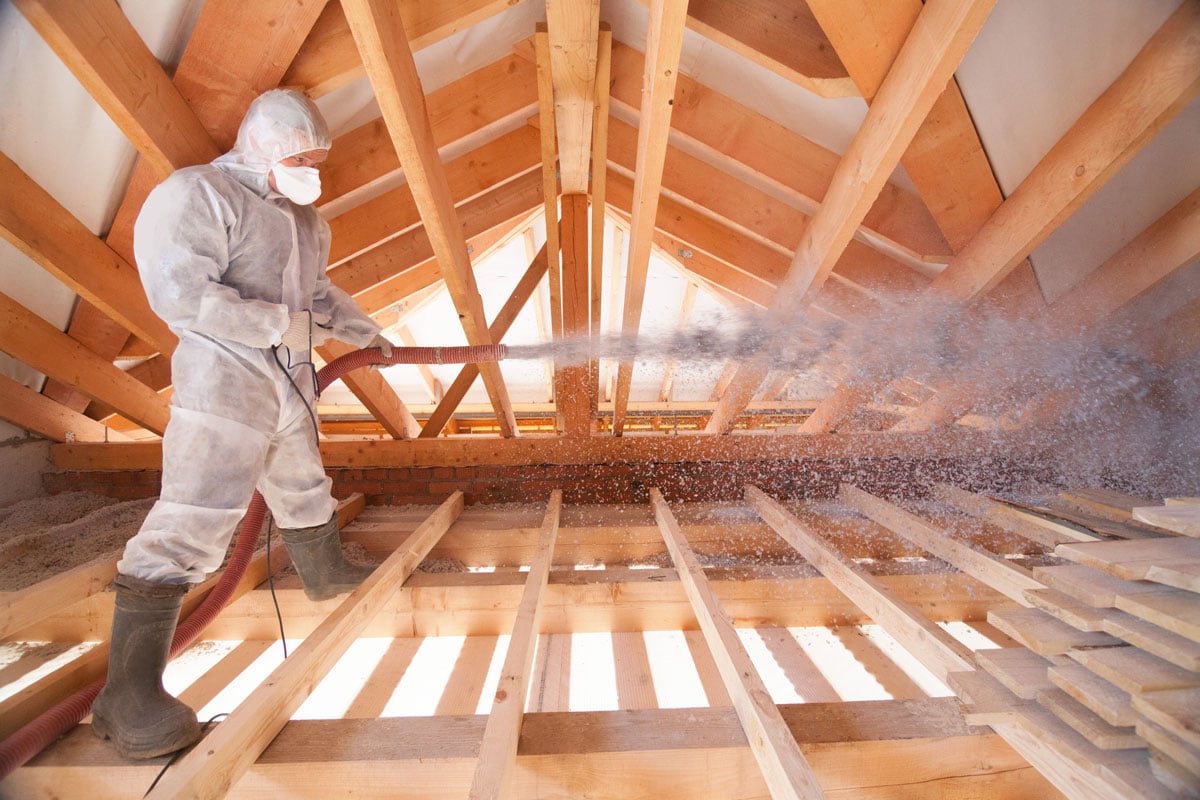
How Do You Know When It's Time To Replace Attic Insulation?
If you are looking to buy a home, it's important to have the attic insulation checked. Unless it's a new build, it is vital to have the attic insulation inspected.
In addition, if you already own a home and notice any of these signs below, it's a good idea to have your attic insulation checked.
As we mentioned before, the lifespan of attic insulation varies depending on the type and quality. Here are some signs that it's time to replace your attic insulation:
Mold Or Mildew
Mold and mildew both love damp, humid environments. If you notice any mold or mildew in your attic, it's a sign that your insulation is wet and needs to be replaced.
In addition, if you have had any leaks in your roof, the moisture can seep into your insulation and cause mold to grow.
If you have mold or mildew, it can also be a health hazard for you and your family. For example, black mold can cause respiratory problems, headaches, and dizziness.
The mold or mildew can seep through the ceilings into your living space and cause these health problems. If you notice any mold or mildew in your attic, it's important to have it removed as soon as possible.
Damaged Insulation
If you notice any damage to your insulation such as holes, tears, or compressions, it needs to be replaced. Compressed insulation is when the fibers are pushed together and no longer have the ability to trap heat. This happens when something is stored on top of it, such as boxes or furniture.
Holes and tears can be caused by pests or by accident. For example, you could accidentally puncture your insulation while you're moving something around in your attic.
Pests, such as mice and rats, love to nest in insulation because it's soft and easy to gnaw on. If you notice any holes or tears, it's important to have them repaired as soon as possible so that pests don't make their way into your home.
Rising Energy Bills
If you've noticed your energy bills have been rising, it could be a sign that your insulation is no longer doing its job.
Insulation works by trapping heat in your home in the winter and keeping cool air in during the summer. If you've noticed that your home isn't as comfortable as it used to be, it could be a sign that your insulation needs to be replaced.
In addition, if you've recently had your HVAC system serviced and they didn't find any issues, it's a good idea to have your insulation checked.
Temperature Swings
In addition to rising energy bills, if you notice the temperature swings drastically from one floor to another, it could be due to poor insulation. For example, if you have a two-story home and the upstairs is always hotter or colder than the downstairs, it's likely due to poor insulation in the attic.
If you've noticed temperature swings in your home, it's a good idea to have your insulation inspected.
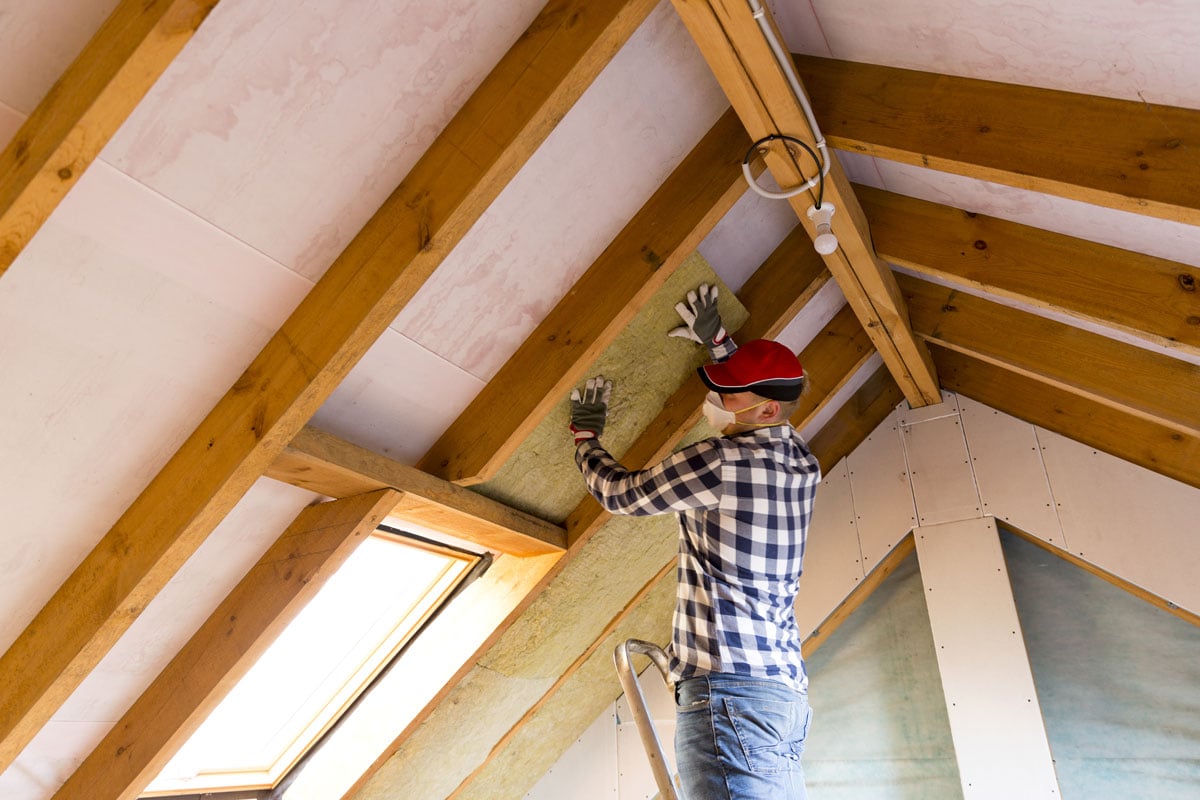
How Often Should You Have Your Insulation Inspected?
Typically, it's wise to have your attic insulation checked annually. This way, you can catch any problems early on and prevent them from becoming more significant issues.
In addition, if you had your roof replaced or repaired for any damage, it's a good idea to have your insulation inspected for any water damage.
If you live in an older home, it's also a good idea to have your insulation checked more frequently. This is because the insulation may settle over time and become less effective.
If you live in an area with extreme weather conditions, it's also a good idea to have your insulation checked more frequently. For example, if you live in an area that gets a lot of snow, the weight of the snow can compress your insulation and make it less effective.
If you live in an area with high humidity, it's also a good idea to have your insulation checked more frequently. This is because the humidity can cause mold and mildew to grow, which can be a health hazard for you and your family.
No matter where you live, it's always a good idea to have your insulation checked at least once a year to make sure it's in good condition.
How Much Is Insulation Replacement?
There are a few factors to consider when determining how much it will cost to replace your insulation.
The first is the type of insulation you choose. Each varies in price, with some being more expensive than others.
The second is the size of your attic. The larger your attic, the more expensive it will be to replace the insulation.
The third is the R-value of the insulation. The R-value is a measure of how well the insulation traps heat. The higher the R-value, the more expensive the insulation will be.
The fourth is the labor cost. The cost of labor will vary depending on who you hire to replace your insulation.
With that said, an insulation replacement can range from $1,500-7,000. The best course of action is to consult with a professional to get an estimate for your specific needs.
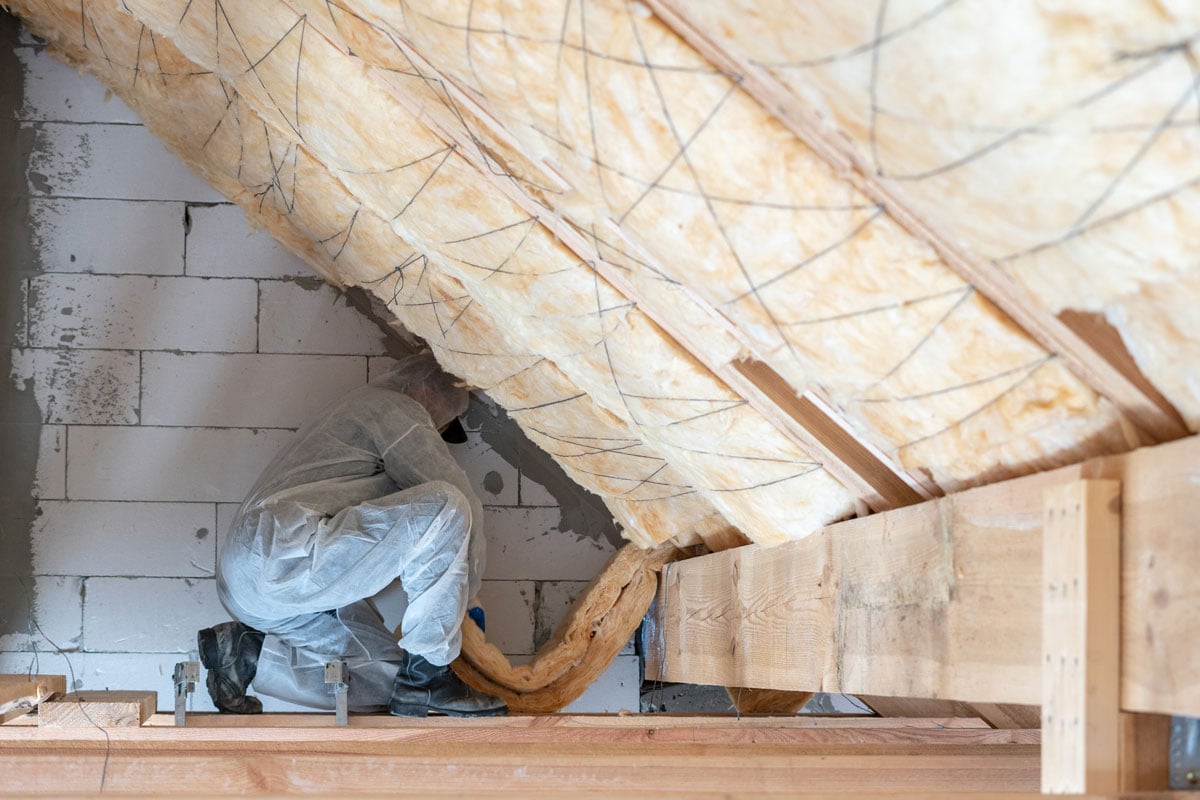
Final Thoughts
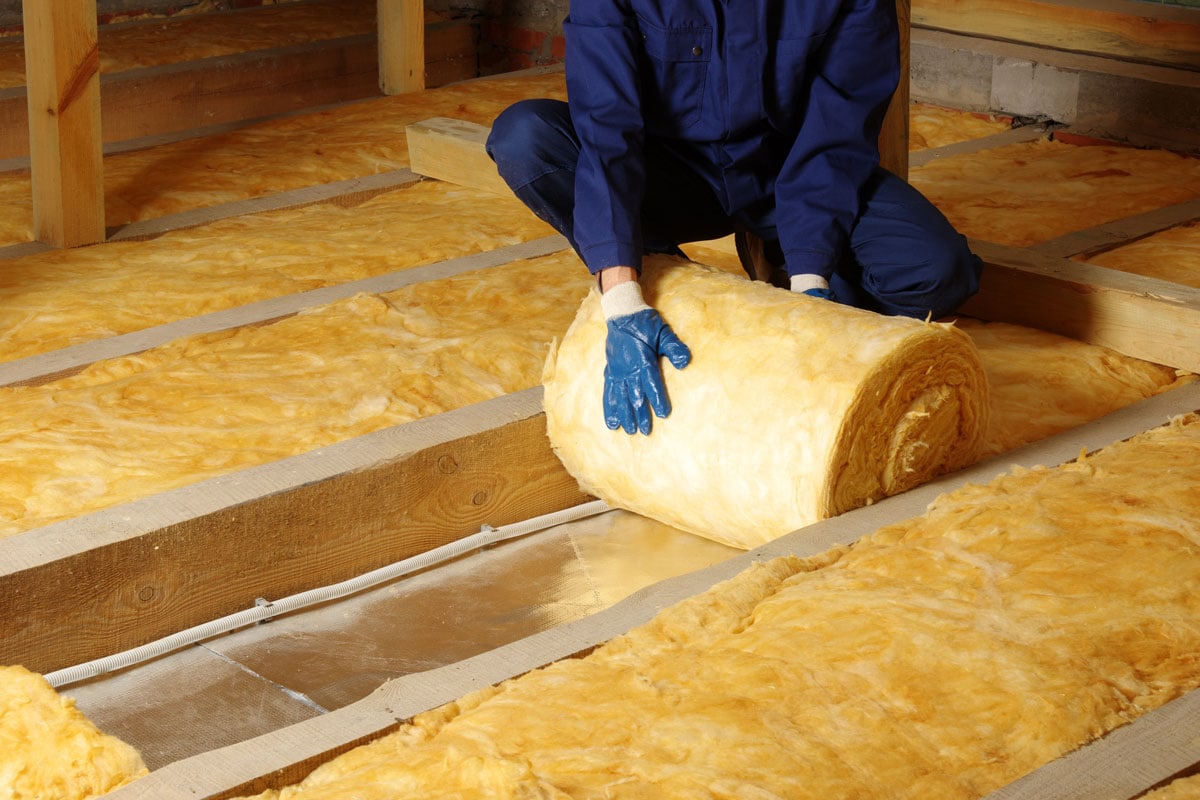
As you can see, there are a few things to consider when determining if your insulation needs to be replaced. Depending on the condition and type of insulation you have, it may be time for an upgrade. When in doubt, contact a professional to have your insulation inspected.
Made it to the end? Here are other articles you might enjoy:
Should I Put A Dehumidifier In My Attic?
